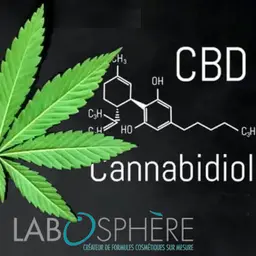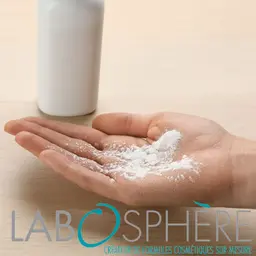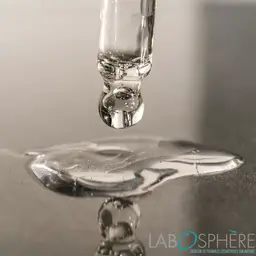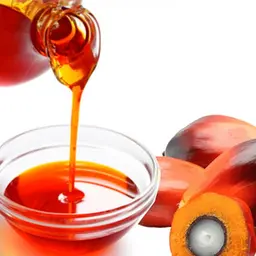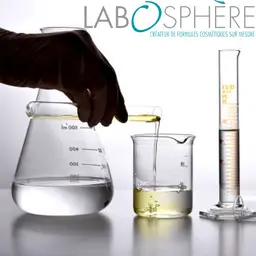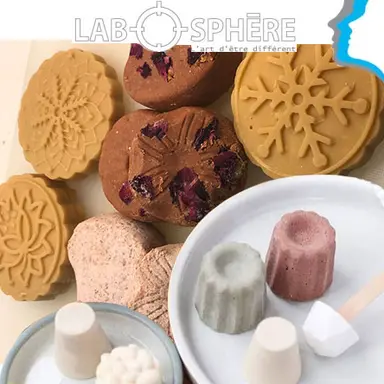
Cosmetic products in solid form are more than a fashion, they are a market reality. As a reminder, in four years, the market for solid cosmetics has increased by almost 50 % in the world. The Labosphere laboratory has explored the development of solid foaming galenics according to several processes. Estelle Dehier’s insight into their technical challenges.
At the top of the list of solid cosmetics, all categories combined, are hygiene products: facial cleansers and shampoos.
Manufacturing processes
To date, there are four manufacturing processes for these types of products.
1. Saponification (cold or hot)
This chemical process, which uses the saponification reaction between an ester of fatty acids (oils, butters) and a base (soda, potash), produces a “soap” that cleans and degreases the skin.
• Hot saponification, coupled with an excess of base, accelerates this reaction, allowing the soap to be obtained more quickly. This process has been used for a very long time.
• Cold saponification (or at room temperature) requires several weeks. The reaction takes place in base reduction in order to preserve a maximum of glycerol in the soap obtained. This more recent process complies with a quality charter (drawn up in 2011 by the Soap Institute) setting out manufacturing criteria.
2. Extrusion
This process can require up to six steps to obtain the desired product. The ingredients are placed in a melting pot to be heated. They then pass through rolling mills and are melted down to obtain a “boudin” which is cut and pressed.
3. Compression
The ingredients are melted and …

